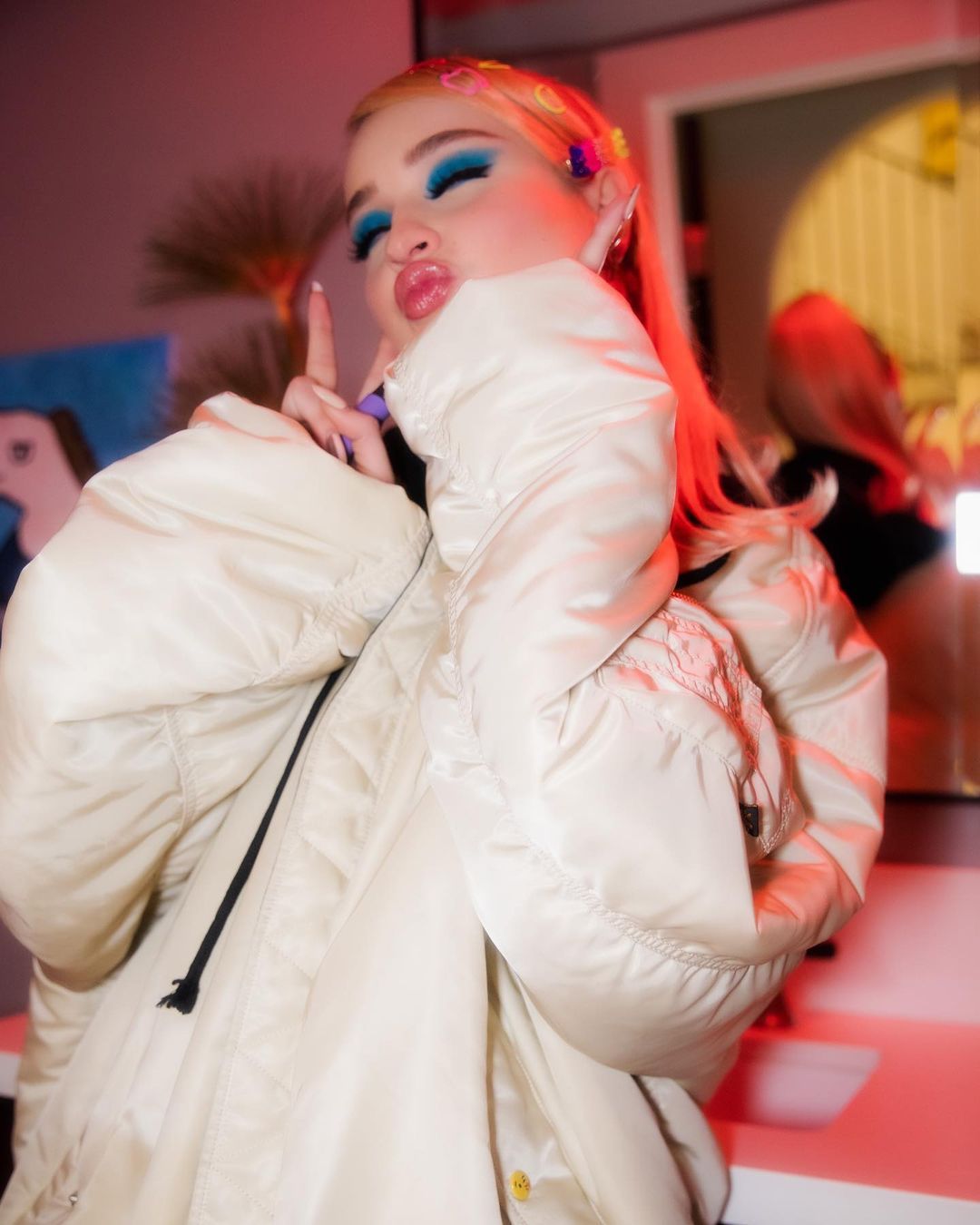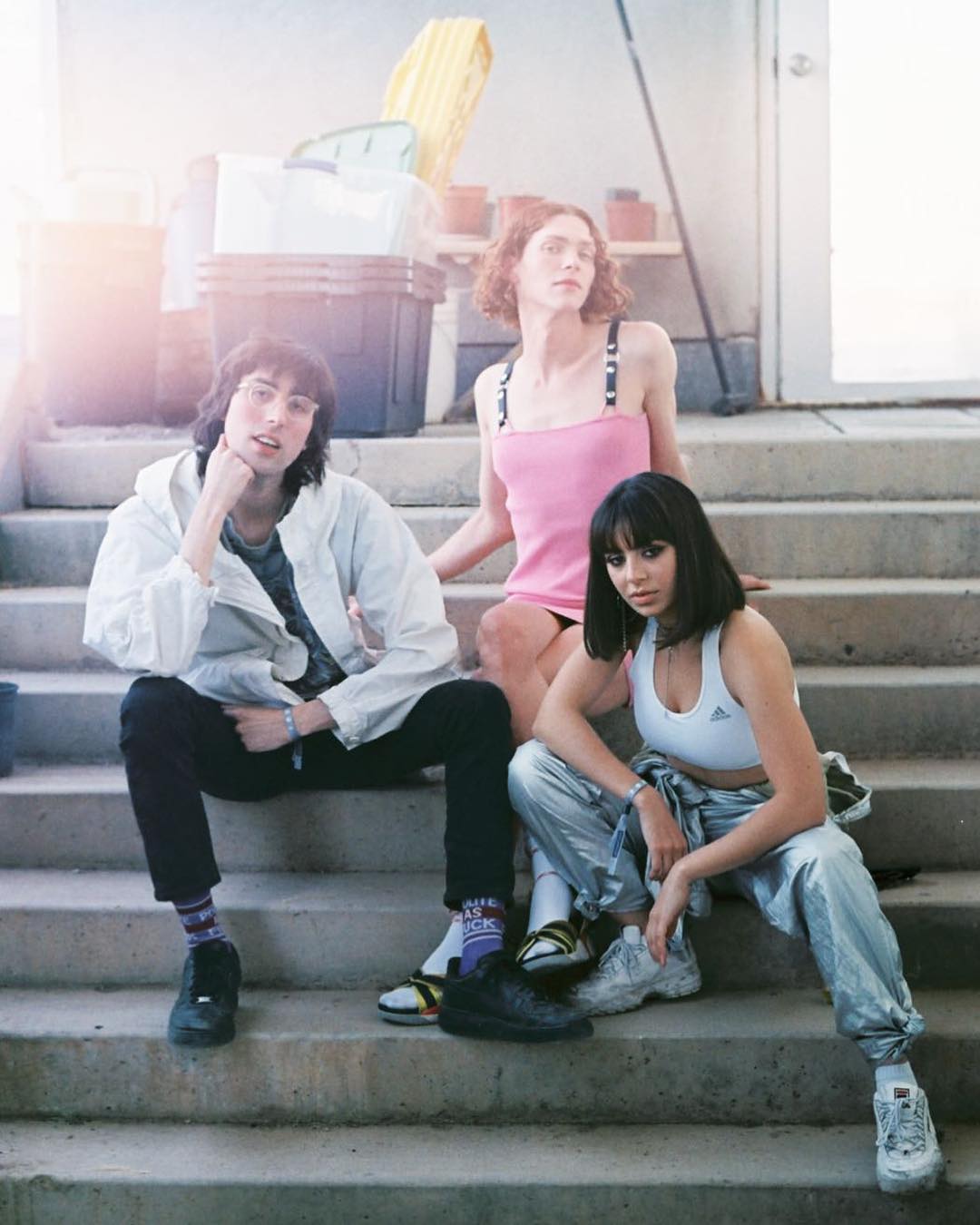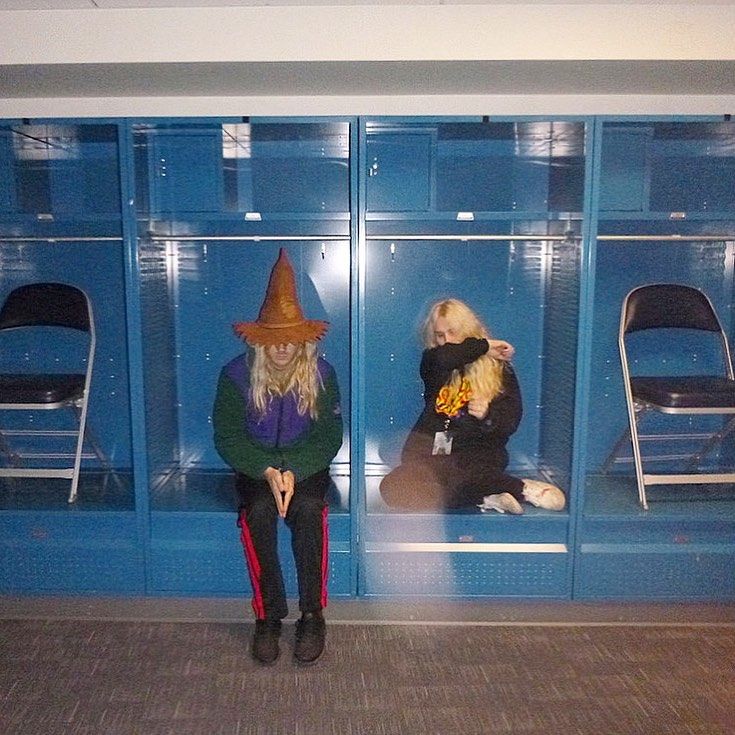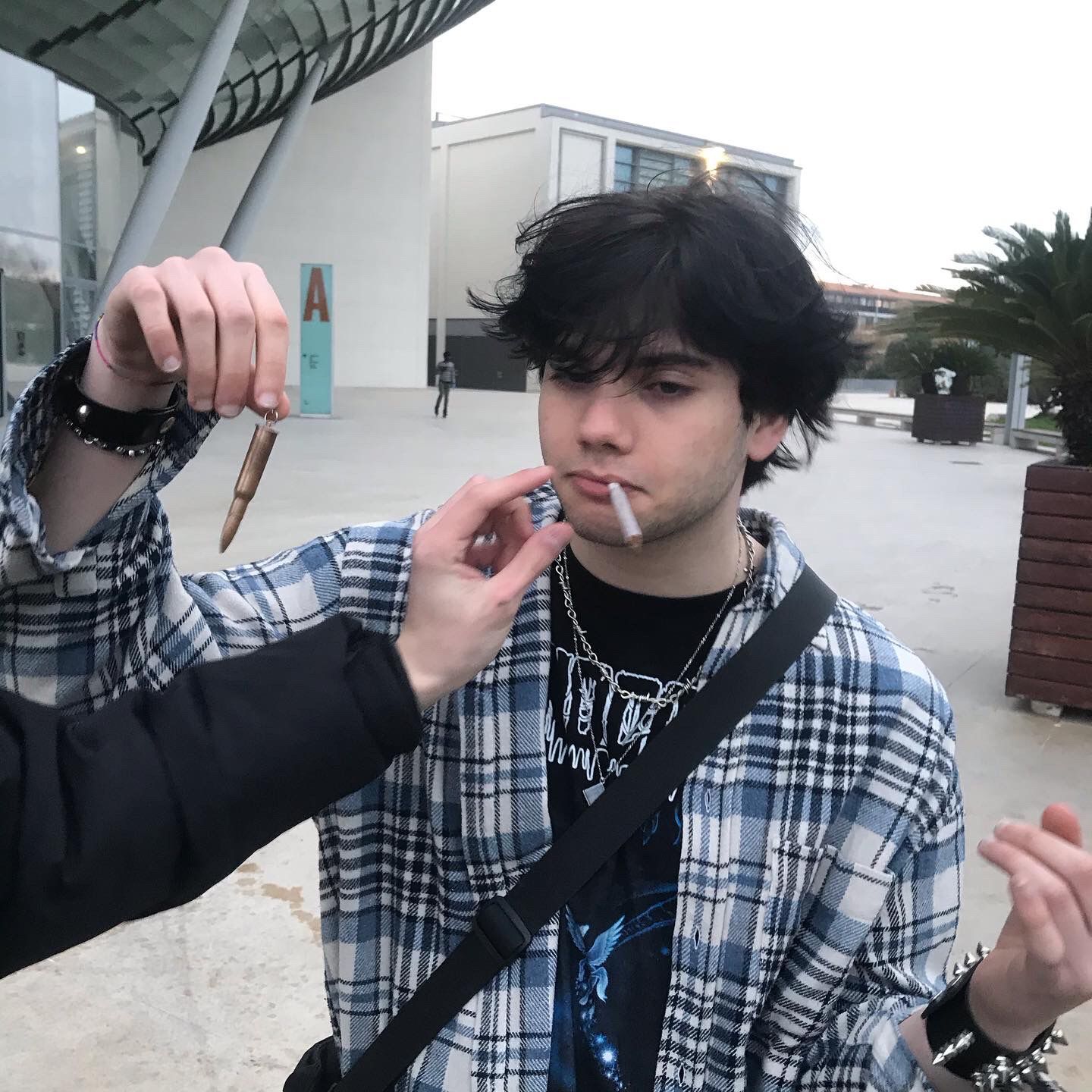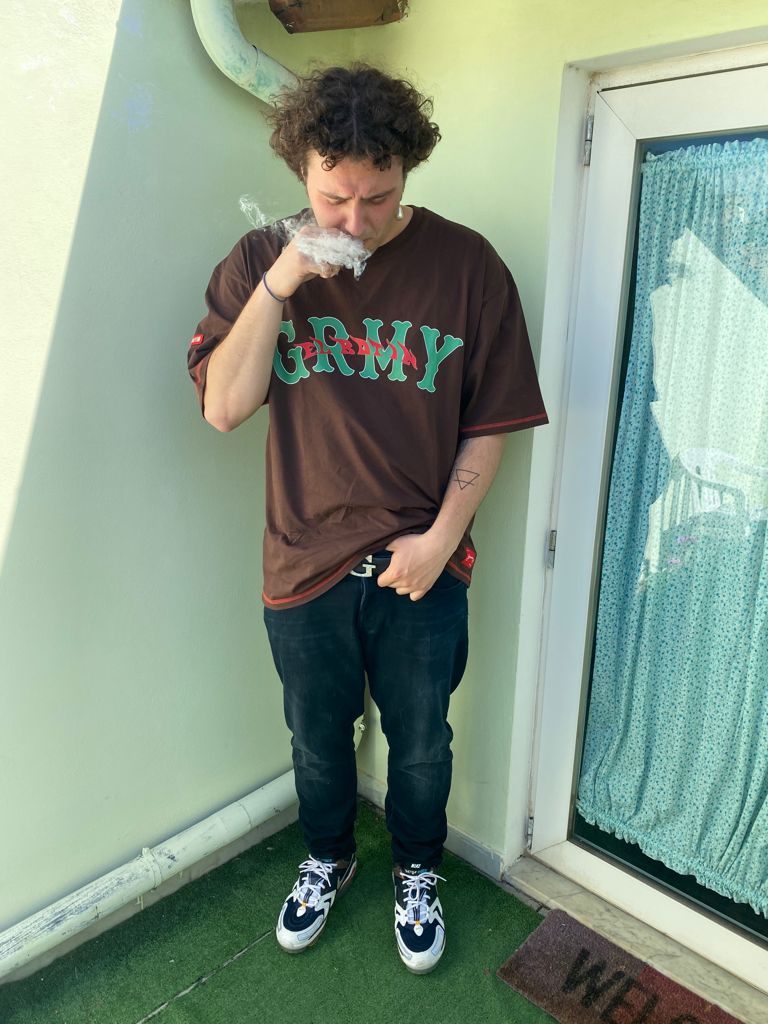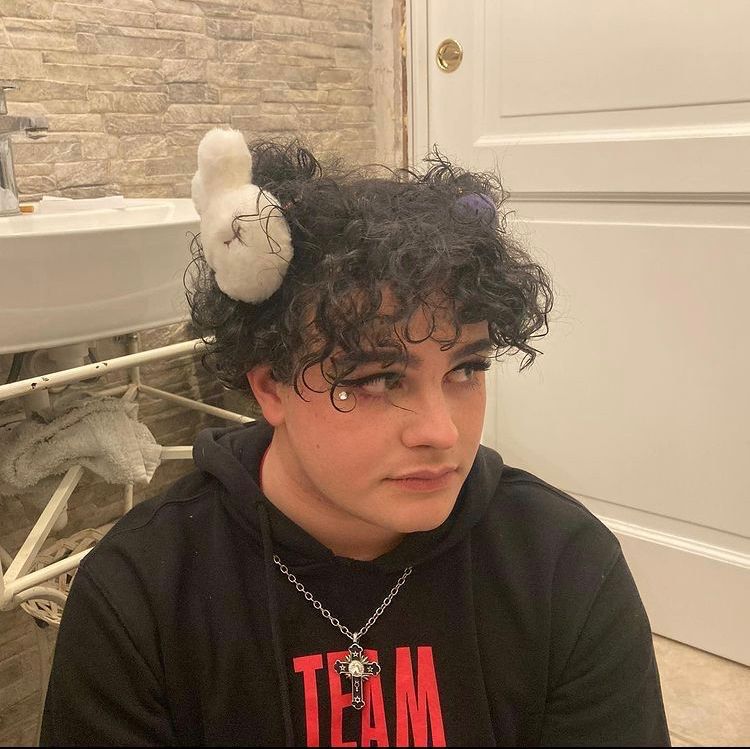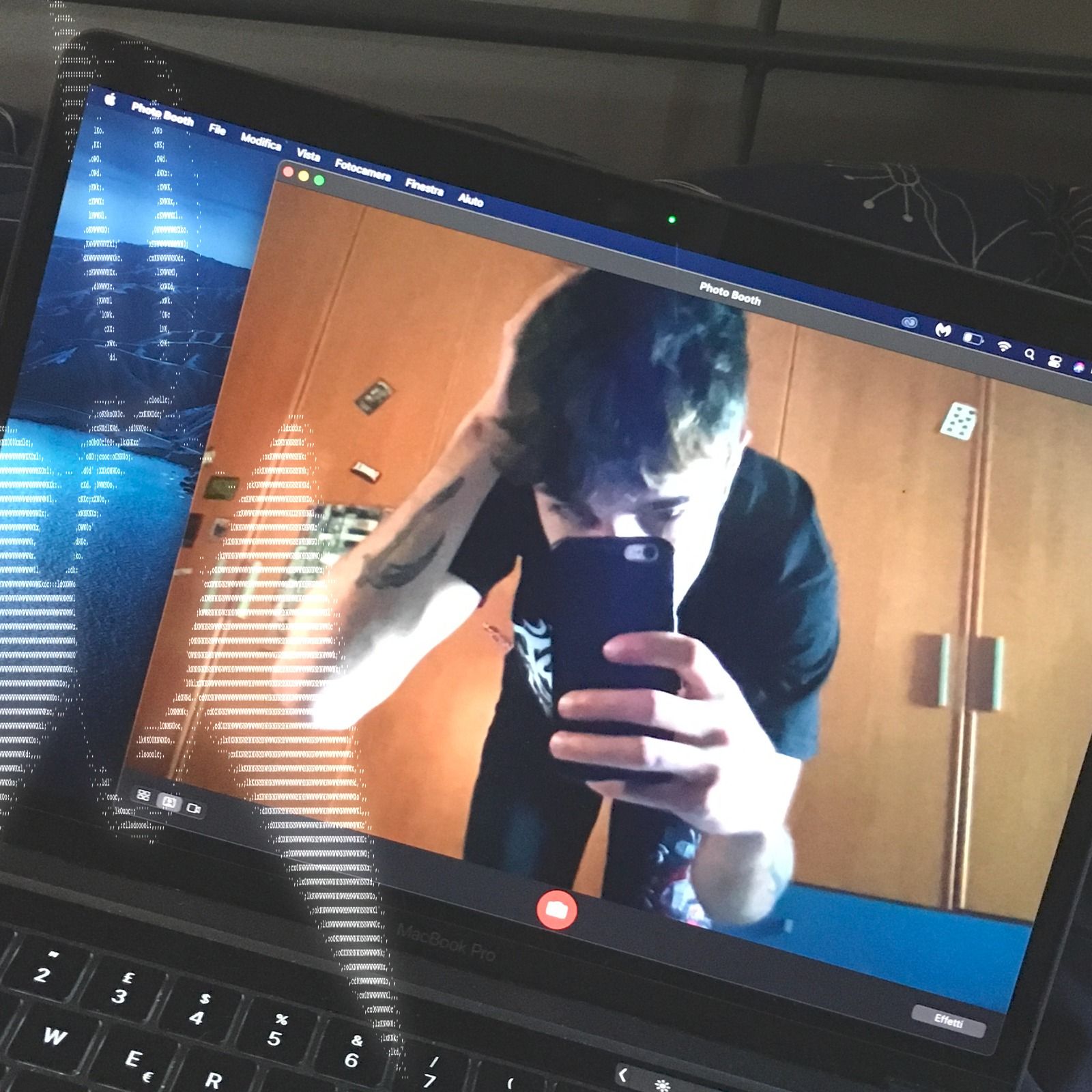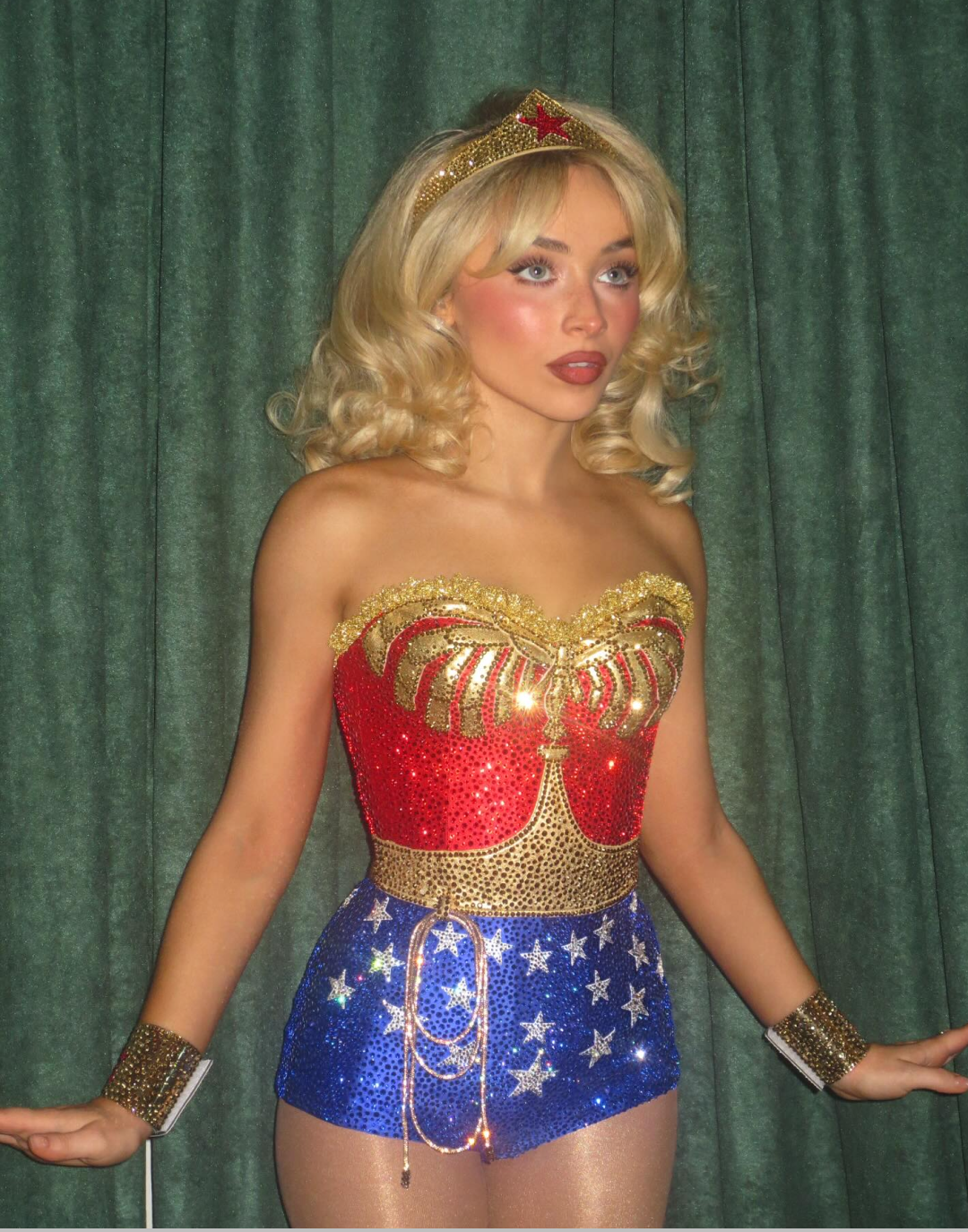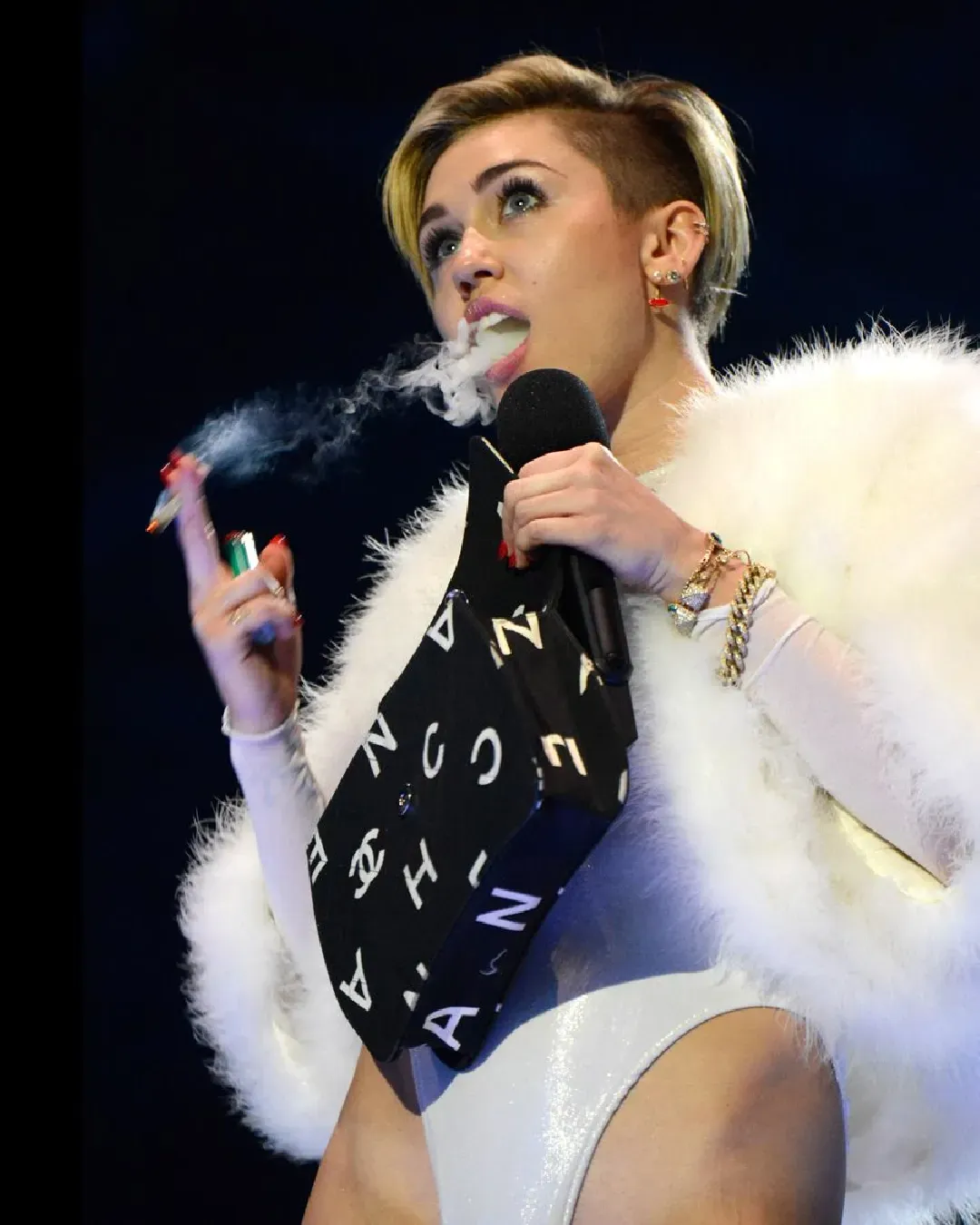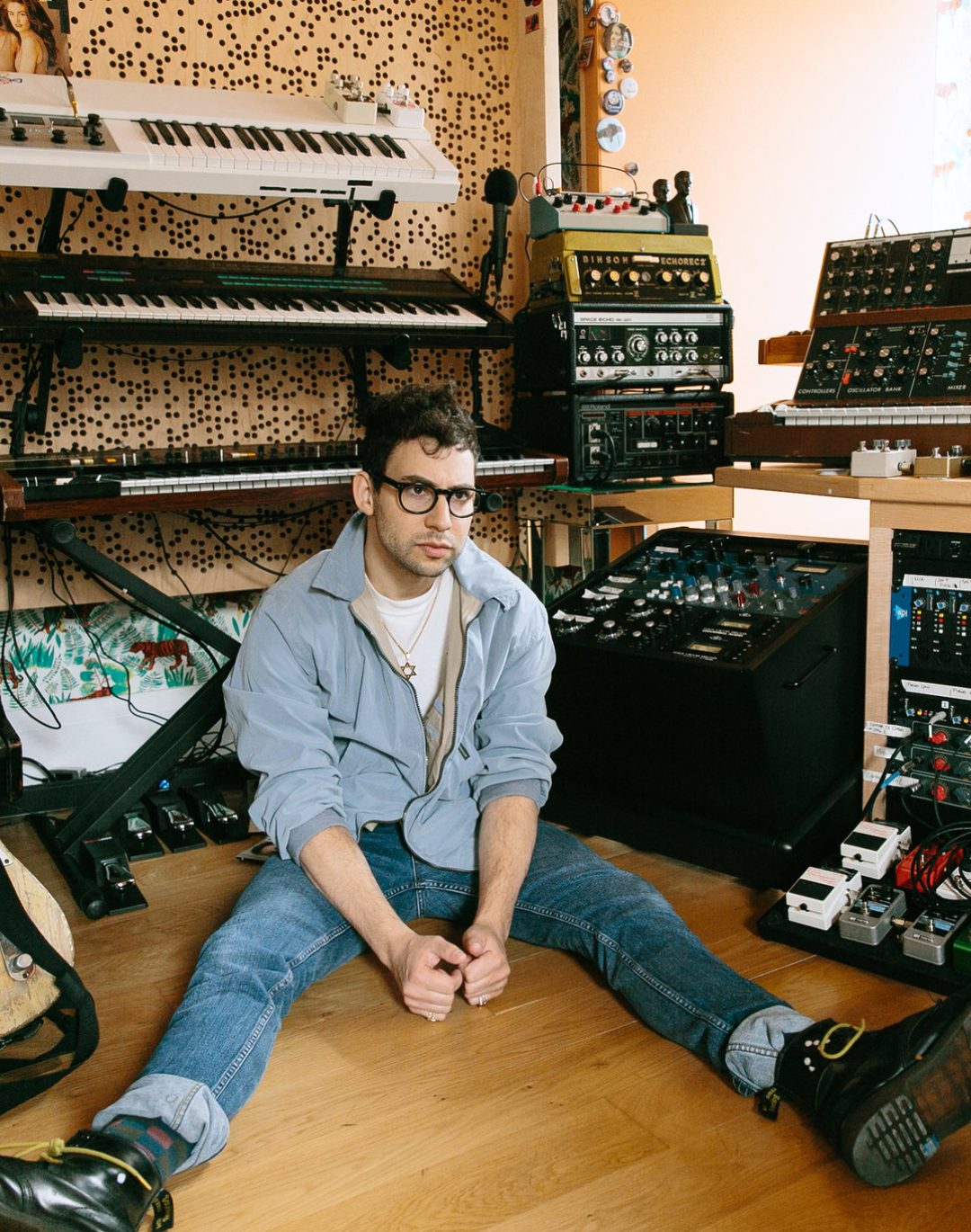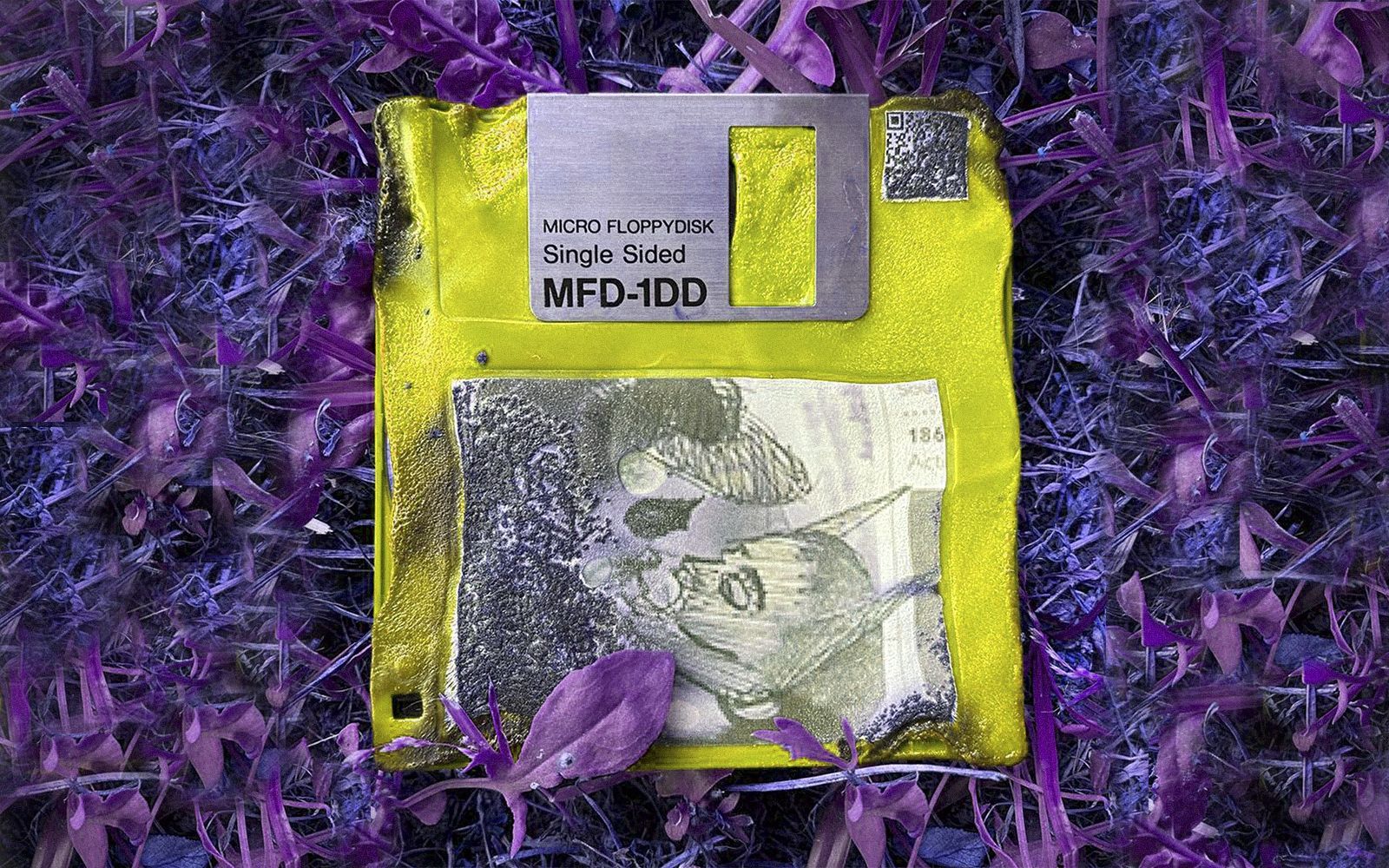
Hyperpop is Gen Z new post-pandemic sound An already nascent music scene also in Italy celebrated by the recent mixtape (DANZƏ)
Synths unleashed, self-tuned and distorted voices, fake glitches, nostalgic references to the early 2000s and the time of Web 2.0 blogs but also a contrast between fake-cute aesthetics and lyrics full sometimes of irony, sometimes of anger: this is hyperpop, the new underground music scene immortalized in the new mixtape (DANZƏ) coming out for LE MAJOR. Like all music genres born from Gen Z, hyperpop is also eclectic: fishing with full hands from the naïve pop maximalism of 90s dance, but also from trap, nu-metal and, in general, the irony of internet nonsense culture. According to Dazed, who has dedicated a long article to the phenomenon, this iconoclastic and multi-genre exuberance is also a reaction to the seriousness of electronic music born in the pandemic.
According to Dazed, the history of the movement can be traced back to 2014, the year in which the London collective PC Music landed on SoundCloud proposing a deeply experimental electronic and pop sound. The peculiarity of that music was that it mimed, to some extent, the raw feeling of self-produced music at home, mixing coherent but formally disparate inspirations in themselves. It was this collective that legitimized the feeling of homemade that still characterizes this new musical genre that exploded, let's remember, just after the pandemic and therefore after the return to vogue of the concept of "amateur" and "homemade". The other pioneers of the scene, such as SOPHIE and 100gecs, carried on this language made of distortions, 8-bit inspirations, memetic irony, which had the quality of anticipating that multiculturalism in which so many members of Gen Z were experiencing firsthand and, above all, coloring themselves with that aspirational and democratic air for which everyone could become potential artists , without huge formal apprenticeships or difficult discographic careers.
The real boom occurred in 2019, with the viral success of money machines by 100 gecs that led Spotify to create a playlist dedicated to the genre that later became the main vehicle of success of the genre in the mainstream sphere. The visual apparatus that accompanies this music seems to be a derivation from all those subcultures of the early 2000s such as emo or, in Italy, truzzi borrowing from them and from that bizarre graphic archive that was Netlog their edgy and vaguely androgynous aesthetic that, elsewhere, TikTok's e-boys had already cleaned up and made instagrammable and algorythm-friendly. Starting with the Spotify playlist, however, which then became enriching with the music of other artists always very young, the term hyperpop was made official as the name of the new genre – a name very close to the truth, as hyperpop music represents an exaggeration to the extreme of the clichés and rhythmic and expressive formulas of pop itself, but with an ironic edge, from a niche market that great artists and great productions do not have.
Another interesting feature of the music scene is its cross-continentality: as it originated within the Internet and not in specific locations like many other historical genres, artists from all countries who are part of its community can participate in it. And this is why the genre became so popular in Italy during the pandemic, but also because its exponents are compulsorily digital natives – the only ones who are able to perceive the culture of Web 2.0 with such precision that they can rework it in a parody key. It is no coincidence that among the 22 personalities who contributed to the mixtape, among singers and producers, all are between the ages of 14 and 22. Even the visual apparatus that accompanies it, which includes a cover depicting a distorted floppy disc with the image of a school book scribbled on it and a wonderful video-compilation created by Kuzu and Ermete Diara of the PSEUDOSPETTRI collective, makes continuous references to cornerstones of Italian pop youth culture with viral videos, references to The Griffins and cinepanettoni
The songs of the mixtape mix bubblegum pop, emo and metal influences but the real anarchist charge that animates it comes from the desire for radical reinvention that these young music artists want to bring into their work, looking to the past with the affectionate irony of those who grew up watching videos on YouTube but cutting the bridges with it, in search of new expressive frontiers and a completely modern sensibility.












































